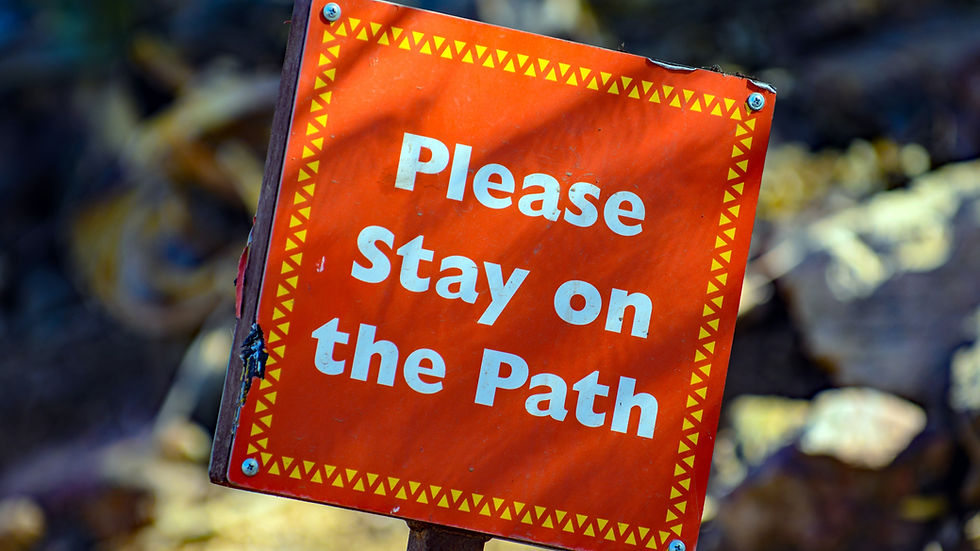Fostering Independence: A Key to Easing Children’s Anxiety
- Jeremy T
- Aug 14
- 4 min read
Updated: Aug 22

Parents everywhere want the same thing: confident, resilient children who can handle the real world. One reliable path to achieving this is through gentle, age-appropriate independence. As unstructured play and solo exploration have declined over the years, youth anxiety has crept up. Therefore, giving children safe ways to stretch their wings matters more than ever. (The Independence School)
Below is a practical, global-friendly guide you can use today—designed for families in Singapore, the US, and anywhere in between—plus a light technology layer that keeps independence safe without turning childhood into surveillance.
Why Independence Helps to Ease Children’s Anxiety
When young people regularly try things on their own—planning, problem-solving, and navigating small setbacks—their brains practice tolerating uncertainty. This practice builds:
Problem-solving ability. Making small decisions, like “Which bus stop is ours?” grows executive function.
Resilience. Minor stumbles, such as a wrong turn or a delayed train, become manageable lessons rather than crises.
Confidence. Doing things without a grown-up nearby changes a child’s self-story from “I can’t” to “I can.”
Social skills. Free, lightly supervised play teaches negotiation, empathy, and conflict resolution.
These benefits are widely discussed in contemporary educational psychology and parent guidance. Many school counseling perspectives link decreased independent play with increased teen anxiety. (The Independence School)
The Independence Ladder: Start Small, Progress Steadily
Think of independence as a ladder—each rung is safe, specific, and repeatable. Move up only when the current step is easy and reliable.
Early Primary (Ages 5–7)
Fetch an item from a nearby aisle in a small shop while you wait at the checkout.
Knock on a neighbor’s door to deliver a note.
Order their own food at a café and carry it to the table.
Lower Primary (Ages 7–9)
Cycle or scoot one block ahead, stopping at an agreed landmark.
Walk the final 100–200 meters home from the bus stop.
Arrange a simple playdate plan and phone you for a check-in when arriving/leaving.
Upper Primary (Ages 9–12)
Do a local errand, like topping up the ez-link/metro card or buying milk, with a time window and a check-in.
Travel a familiar short route (school → library → home) with a “what-if” plan.
Manage their own daypack, including water, a card, a small umbrella, and an emergency contact card.
Early Teens (Ages 12+)
Navigate across a couple of stops on public transport, texting on departure and arrival.
Lead a friend on a route they already know well.
Plan and budget a small outing (e.g., bubble tea + library) and summarize the plan in advance.
Tip: Upgrade only one variable at a time—distance, duration, or complexity—not all three.

Safety by Design: Rules That Make Child Independence Feel Secure
Map it together. Walk the route first. Identify “safe spots” like a helpful shop, MRT/Metro counter, or security desk.
Agree on the boundaries. For example, “From Gate A to the bakery. No crossing roads except at the zebra crossing outside the clinic.”
Use check-ins, not constant pings. A call or message on departure and arrival, plus one mid-journey if it’s longer.
Create a ‘what-if’ script. For instance, “If plans change, go to the nearest safe spot, call me, then wait inside.”
Pack essentials. Include a transport card, small cash, water, contact card, and a charged phone (if age-appropriate).
A Light Tech Layer as a Safety Net, Not a Leash
Technology should support independence, not replace it. When used well, it adds confidence for both parent and child:
Zone alerts: Set “safe zones” (home, school, enrichment center) and receive a discreet notification when your child enters or leaves.
Scheduled check-ins: Agree on one or two moments to confirm they’ve arrived or are on the way—no need to hover.
SOS for help: A simple way for your child to request assistance if they feel uncertain or unsafe.
Tack GPS Plus offers these gentle safeguards in child-friendly devices—useful for walks to school, library detours, or meeting friends—without turning the day into a minute-by-minute feed. Keep the focus on trust, skills, and responsibility; use tech to backstop the plan, not to micromanage it.
Scripts Parents Can Borrow
Planning the route: “Show me how you’ll get from school to the bakery. Where would you go if the bakery is closed? When will you message me?”
If something changes: “If the bus skips your stop, what’s your back-up? Right—get off at the next stop, wait at the ticket counter, and message me.”
Reflecting afterward: “What went well? Anything you’d do differently next time? I noticed you solved the bus delay—great thinking.”
For worried children: “Feeling a bit nervous is normal when trying something new. Let’s keep it small today, and we’ll add a step next week.”
Red Flags: When to Pause and Practice
They routinely forget agreed check-ins or push beyond boundaries.
They report feeling overwhelmed during the activity, not just before starting.
You see risky choices (unsafe crossings, ditching buddies) that aren’t improving with coaching.
When these appear, drop a rung: practice the same skill with shorter distance or time, then rebuild.
Make Independence a Family Project
Celebrate micro-wins. A sticker on the calendar for every successful run; a treat after five.
Rotate responsibilities. Let siblings mentor each other for specific tasks.
Review monthly. Ask: can we extend distance, reduce supervision, or add a new destination?
If you’d like a small layer of reassurance while your child grows braver, explore Tack GPS. With zone alerts, scheduled check-ins, and SOS, Tack gives families a calm safety net so children can build real-world confidence—one independent step at a time.



Comments